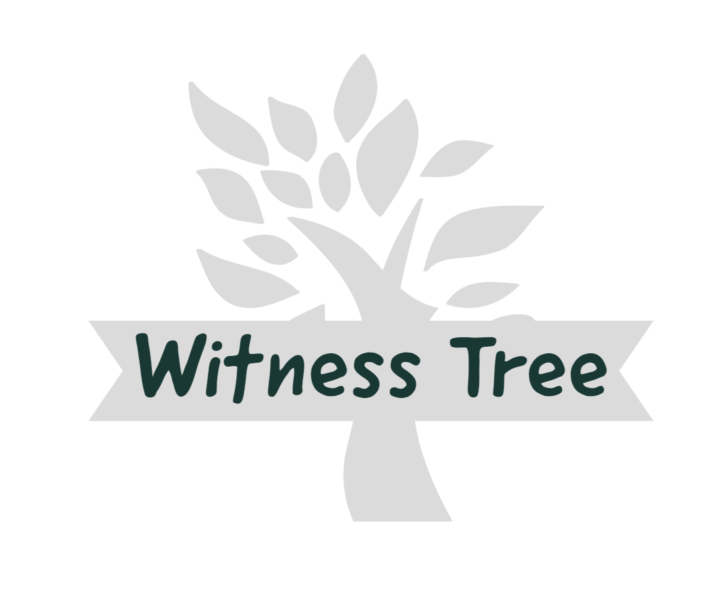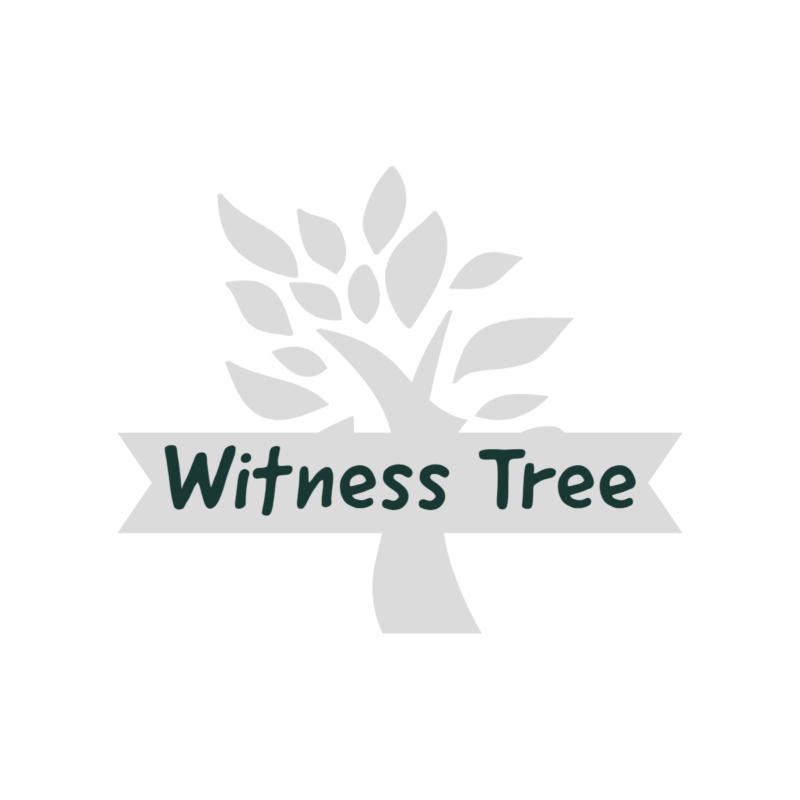Shade Trees
Why plant shade trees?
Shade trees provide cooling by blocking direct sunlight, improve air quality, and add beauty and value to the property. They typically are 30 to 70 feet tall.
White Oak
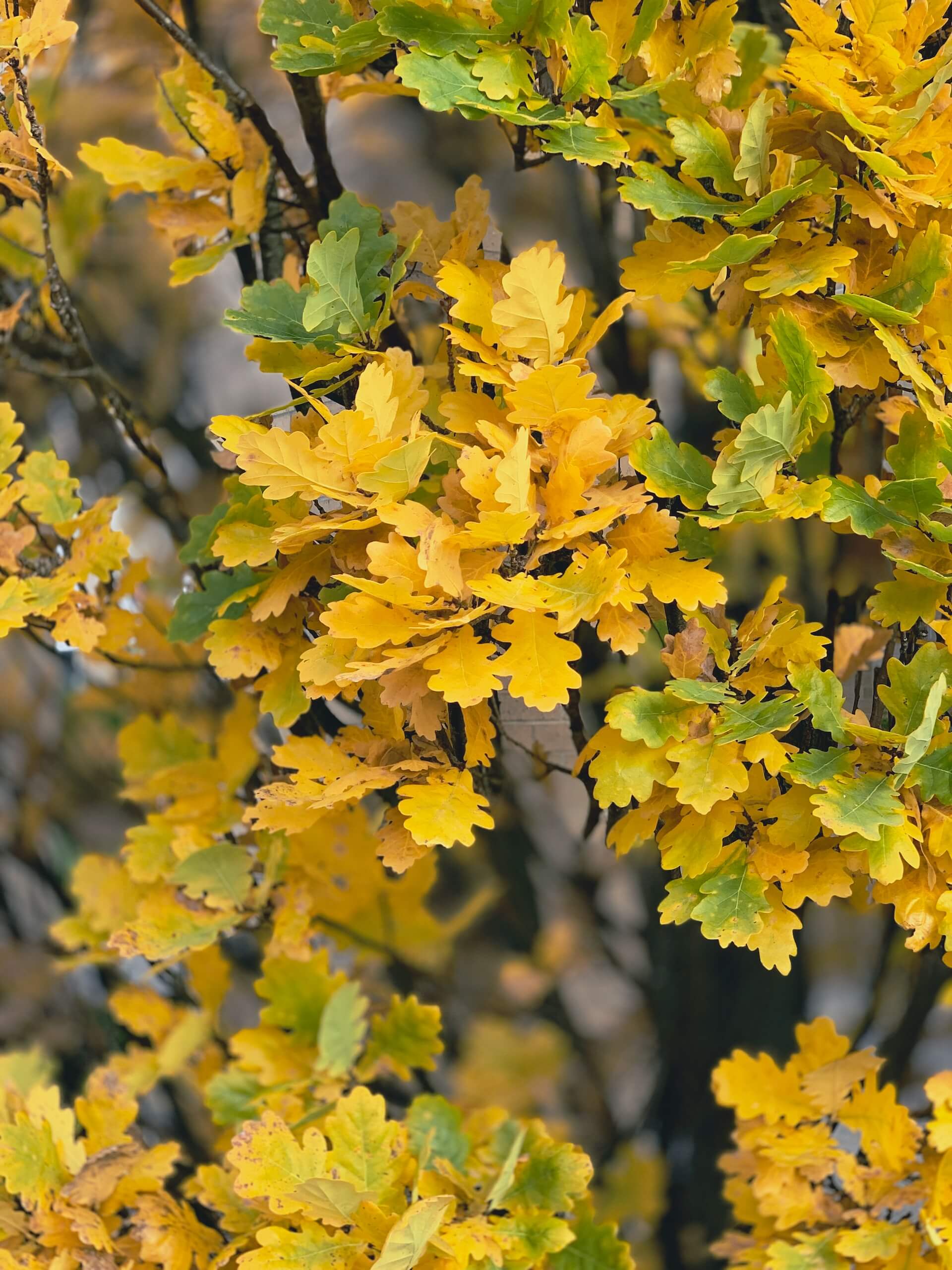
One of the best trees to plant in Illinois is the white oak, which is also the official state tree of Illinois. The white oak is a majestic and long lived tree that can grow up to 100 feet tall and 80 feet wide. It has a broad, rounded crown and a thick, grayish white bark that gives it its name. It has dark green leaves that turn red or brown in fall, and produces acorns that are an important food source for wildlife.
The white oak is a native tree that can adapt to a variety of soils and climates in Illinois. It prefers moist, well-drained soil and full sun, but can tolerate dry or wet soil and partial shade. It is also resistant to pollution, drought, and fire.
Height: 50 – 60 feet
Spread: 50 – 60 feet
Growth Rate: Moderate
Soil Preference: Moist, well-drained
Pros: Native. Tolerates alkaline soil, clay, drought, occasional flooding, wet sites. Transplants more readily than other oaks.
Cons: Oak wilt, although the white oak group is less susceptible than the red oaks.
Recommended cultivars: Swamp white oak (Quercus bicolor) ‘American Dream’
River Birch
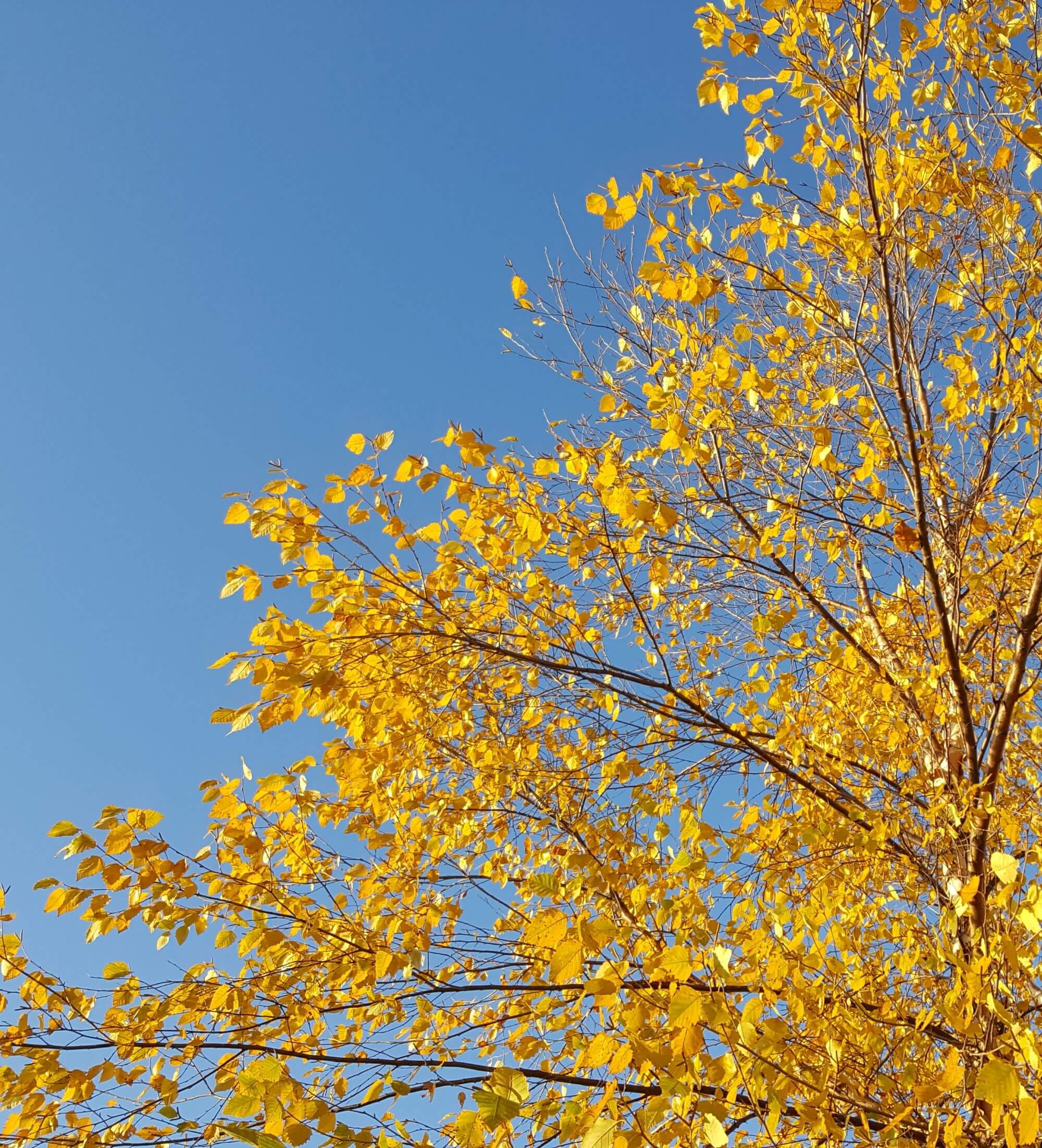
The river birch is a fast growing tree that can add beauty and interest to your yard. It has a multi-stemmed habit and attractive peeling bark that reveals shades of brown, gray, and cream and dark green leaves that turn yellow in the fall The catkins in the spring attract birds and wildlife.
The river birch is native to Illinois and can grow well in moist or wet soils. It prefers acidic soil and full sun to partial shade and can tolerate flooding.
Height: 30 – 40 feet
Spread: 20 – 30 feet
Growth Rate: Fast
Soil Preference: Acidic, moist soil
Pros: Native. Tolerates clay, occasional flooding, wet sites. Grows fast, attractive exfoliating bark, beautiful yellow fall color.
Cons: Will develop chlorosis (yellow leaves) in alkaline soil.
Hardiness zones: Zones 4 – 9
Recommended cultivars: Heritage® river birch (Betula nigra ‘Cully’), Dura-Heat® (Betula nigra ‘BMNTF’)
Red Maple

Red maples are versatile, low maintenance trees. They can produce a lot of messy seeds, but there are cultivars that are seedless, such as ‘Brandywine’ and ‘Sun Valley’.
Height: 40 – 70 feet
Spread: 30 – 50 feet
Growth Rate: Moderate, fast
Soil Preference: Moist, well drained, slightly acidic
Pros: Beautiful color in fall, establishes quickly
Cons: Messy seeds. Susceptible to chlorosis in alkaline soils
Hardiness zone: Zones 5 – 8
Recommended cultivars: (Acer rubrum) ‘October Glory’, (Acer rubrum) ‘Brandywine’, (Acer rubrum) ‘Sun Valley’, (Acer rubrum) ‘Red Sunset’
Linden
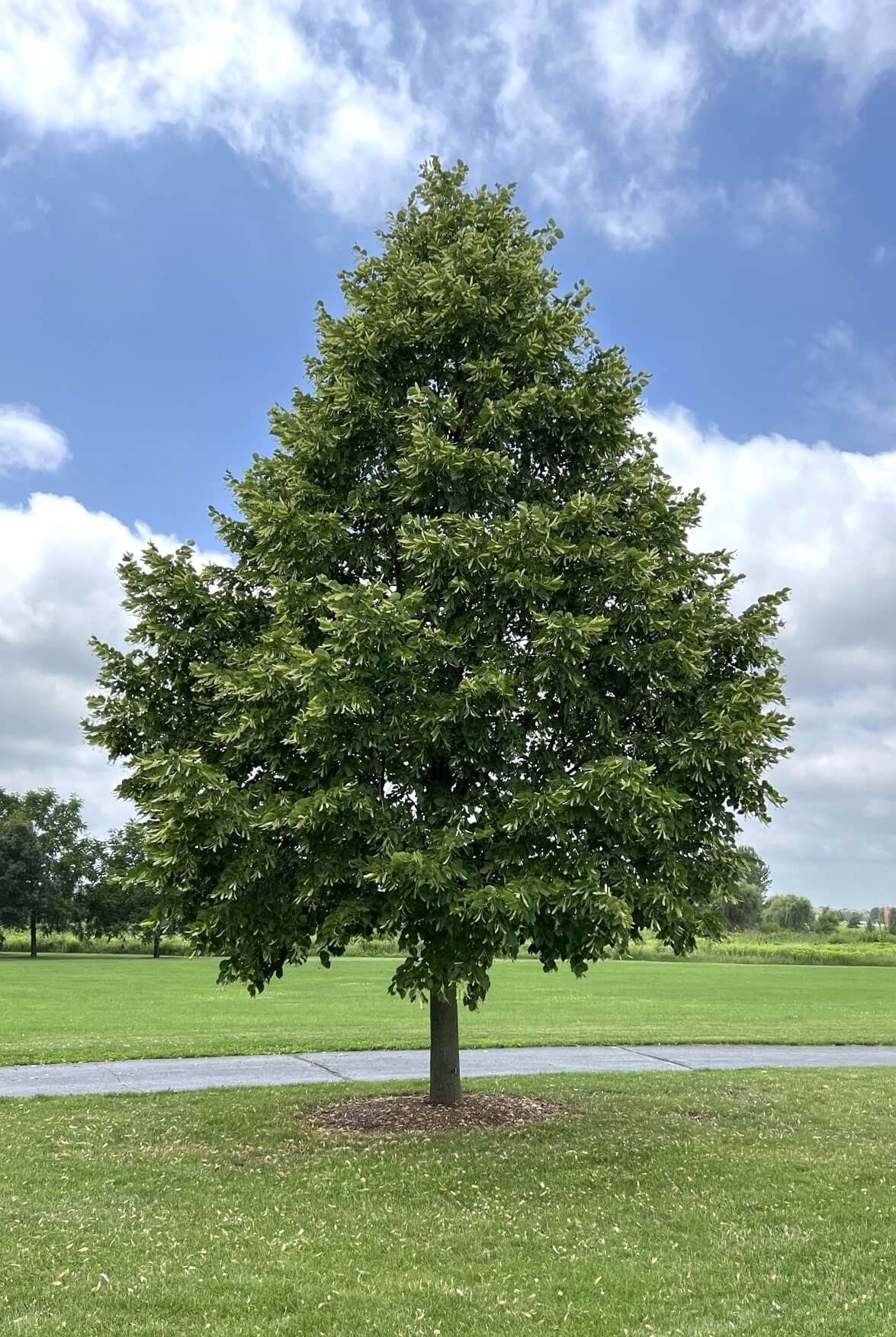
Linden trees are medium to large shade trees that can add beauty and fragrance to your yard. They have dark green, heart shaped leaves that turn yellow in fall, and produce clusters of creamy yellow, fragrant flowers in early summer that attract bees and butterflies. They have a broad, rounded crown with maturity and a thick, dark bark that develops furrows with age.
Linden trees are native to Illinois and can adapt to a variety of soils and climates. They prefer moist, well drained soil and full sun to partial shade, but can tolerate dry soil, alkaline soil, salt, soil compaction, and wind. They are also resistant to most pests and diseases, but may be susceptible to Japanese beetles.
Height: 60 – 80 feet
Spread: 30 – 60 feet
Growth Rate: Fast
Soil Preference: Moist, well-drained
Pros: Native. Fragrant flowers in June, tolerates alkaline soil, fall color
Cons: Susceptible to Japanese beetles.
Hardiness zone: Zones 3 – 8
Hybrid Elm
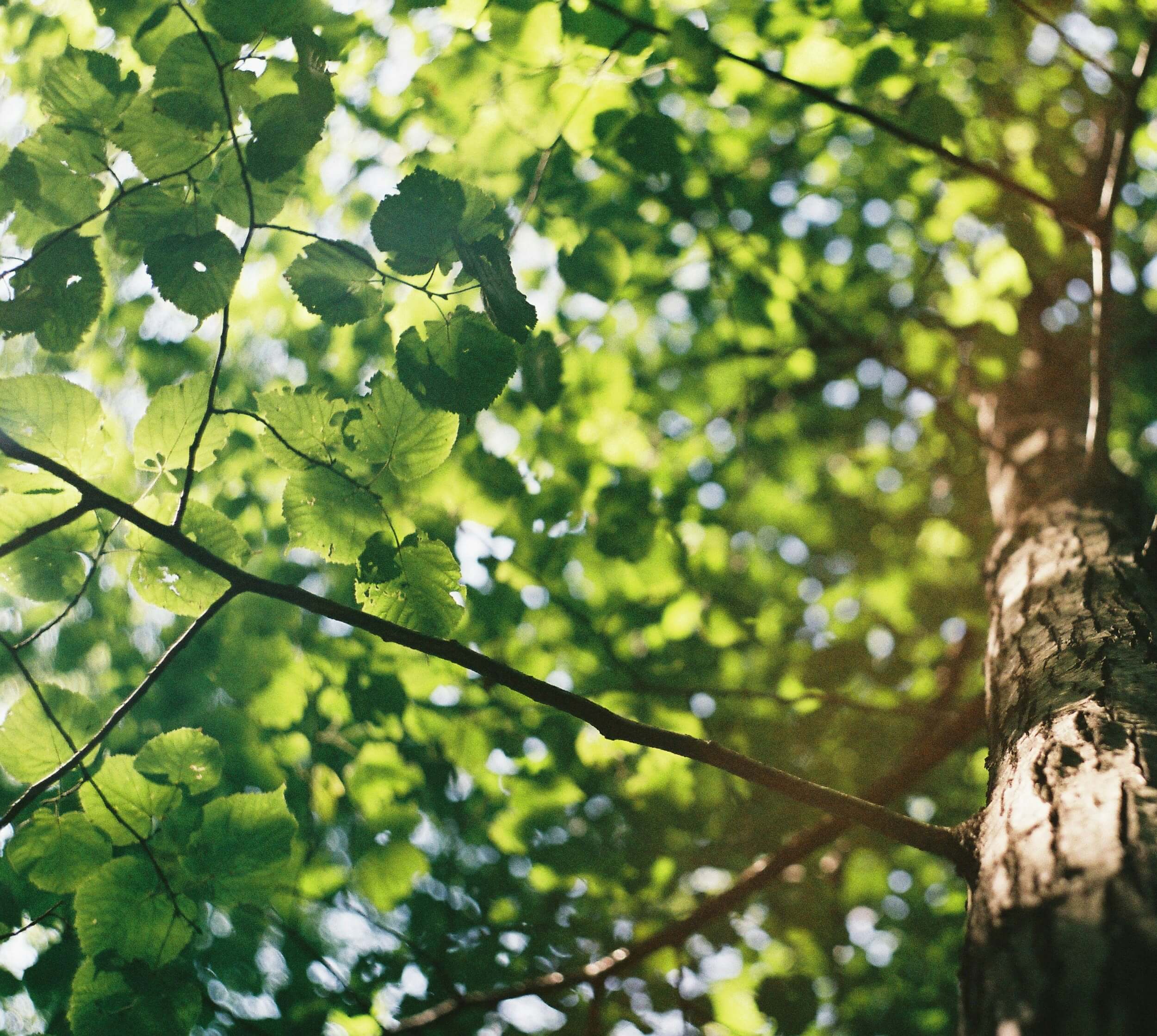
American elms were once very common in rural and urban areas, but they were decimated after Dutch elm disease (DED) became prevalent in the 1930’s. DED is a fungal infection that disrupts water transport in American elms, causing the tree’s death. Hybrid elms were developed by crossing American elms with cultivars resistant to DED. They have good resistance to pests and diseases, and is tolerant of air pollution, urban conditions, dry sites, and occasional drought.
Height: 50 – 60 feet
Spread: 30 – 40 feet
Growth Rate: Fast
Soil Preference: Moist, well drained
Pros: Very good resistance to Dutch elm disease and elm leaf beetle. Tolerates alkaline soil, clay, and drought.
Cons: Somewhat susceptible to elm yellows disease
Hardiness zone: Zones 5 – 8
Recommended cultivars: ‘Accolade’ (Ulmus japonica x Ulmus wilsoniana), ‘Frontier’ (Ulmus carpinifolia x Ulmus parvifolia)
Katsura

The katsura tree is known for its heart shaped leaves and beautiful fall color. With pruning it typically forms an upright, rounded canopy with good branch structure at maturity. Young trees frequently have an oval or pyramidal canopy. In autumn, the fallen leaves have a burnt sugar or caramel scent.
Katsura trees are intolerant of drought, especially when young. Consider planting near ponds or streams.
Height: 40 – 60 feet
Spread: 25 – 60 feet
Growth Rate: Moderate
Soil Preference: Moist, well-drained.
Pros: Disease and pest resistant. Tolerates alkaline and clay soil
Cons: Not drought tolerant.
American beech
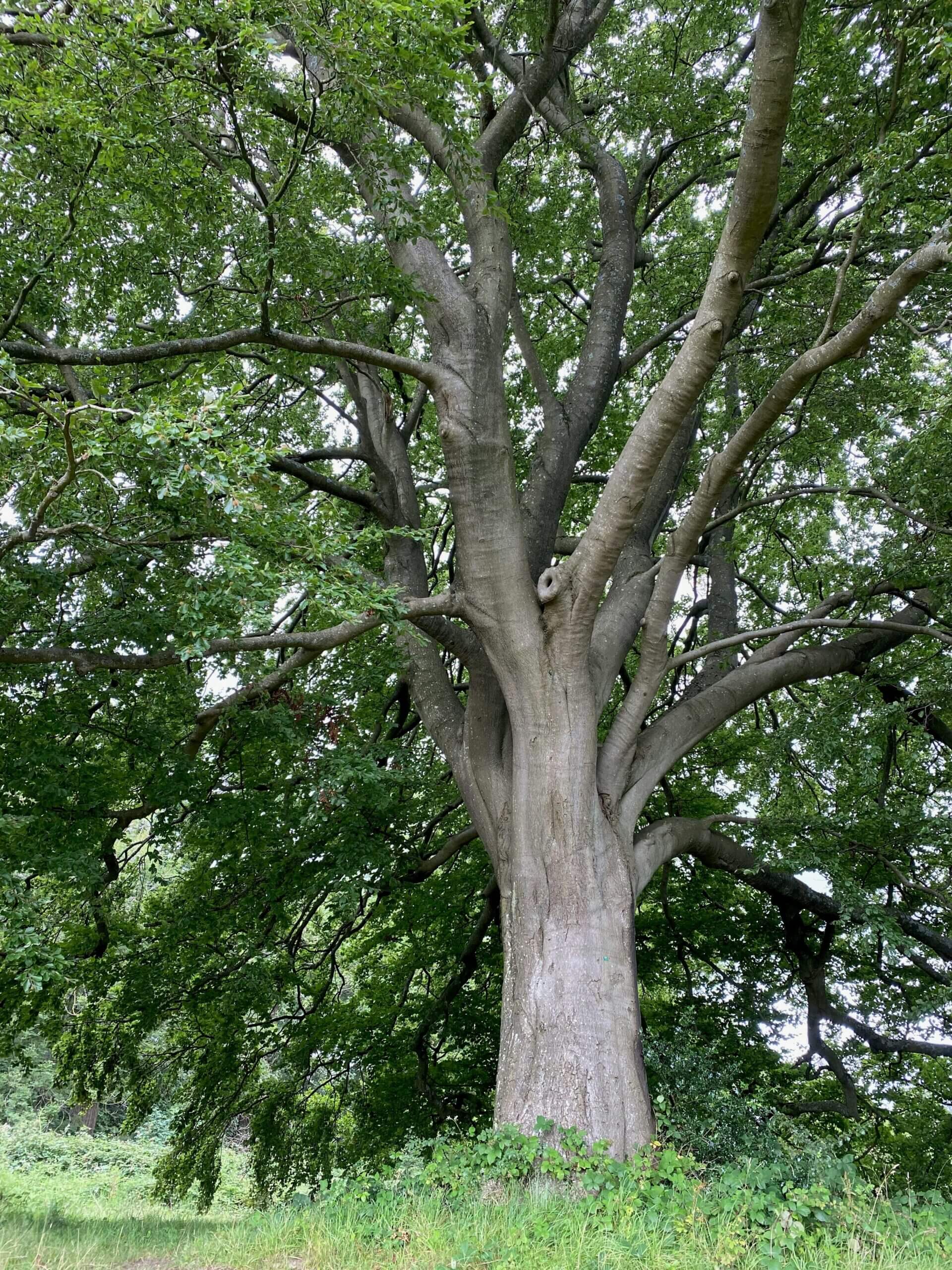
The American beech tree (Fagus grandifolia) is a stately, slow growing tree native to eastern North America. It features smooth, gray bark and dark green leaves that turn golden bronze in the fall. This tree can grow up to 80 feet tall and forms a dense canopy, making it ideal for shade.
In addition to its beauty, the American beech supports wildlife by producing small, edible nuts that attract birds and mammals. It prefers rich, moist, well drained soil and does best in full sun to partial shade. Its striking appearance and ecological value make it a great choice for parks and large landscapes.
Height: 50 – 80 feet
Spread: 40 – 60 feet
Growth Rate: Slow
Soil Preference: Moist, well drained, acidic
Pros: Native. Beautiful smooth gray bark, long lived, shade tolerant.
Cons: Slow growth rate, shallow root system, not drought tolerant.
